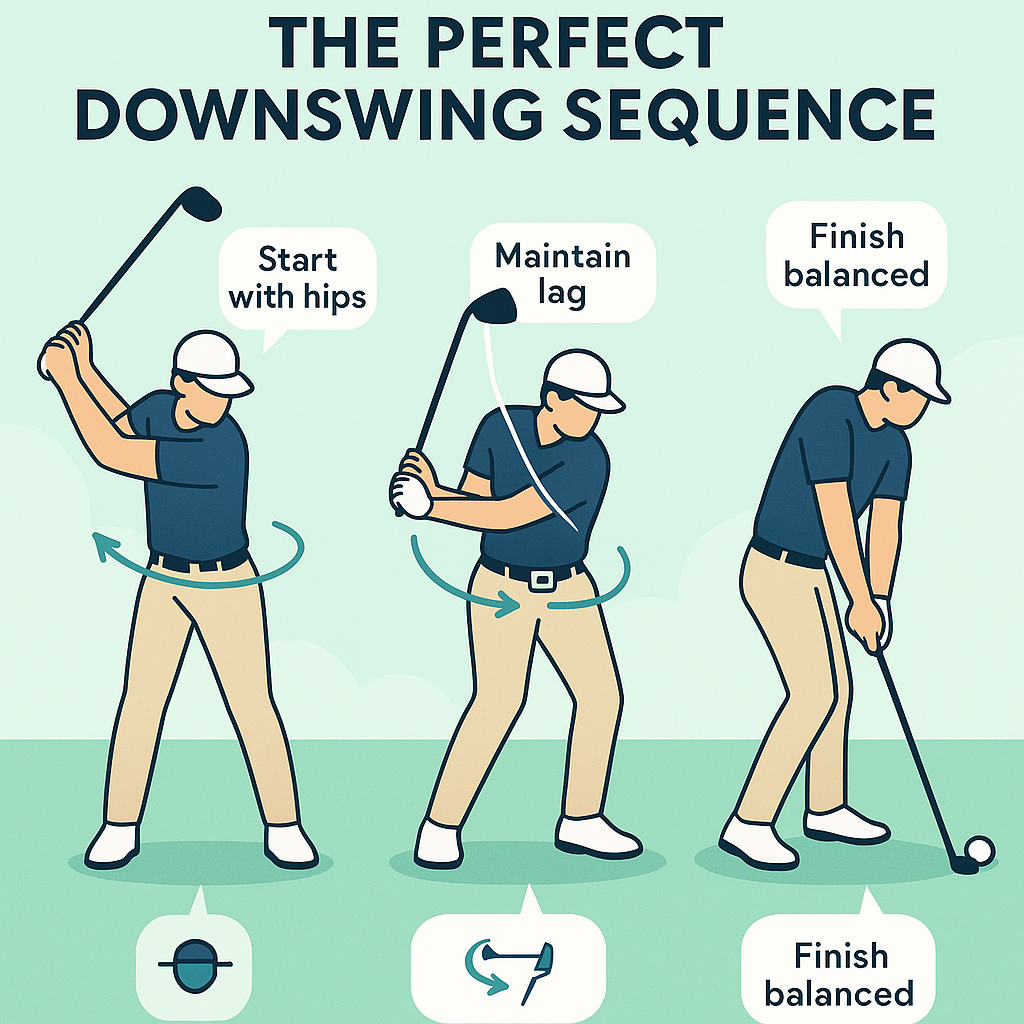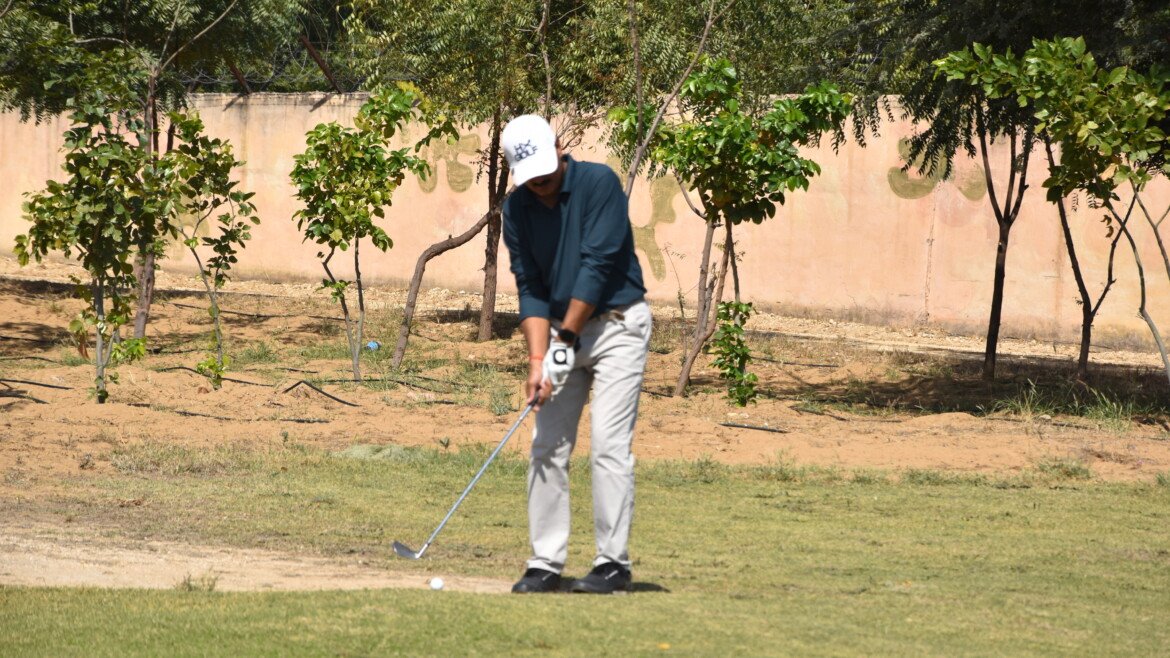Golf Tip Today: Understanding the Downswing
If you’re looking to improve your golf game, mastering the downswing is one of the most powerful ways to gain distance, consistency, and accuracy. While the backswing often gets a lot of attention, the downswing is where the magic really happens—the transition that determines how well you strike the ball.
What Is the Downswing?
The downswing is the part of your golf swing that starts at the top of your backswing and continues until you make contact with the ball. It’s the motion that transfers all the energy you’ve built up into the ball, propelling it down the fairway.
Why the Downswing Matters
A good downswing is crucial for:
-
Power: Generating clubhead speed for longer shots.
-
Accuracy: Controlling the clubface and swing path.
-
Consistency: Striking the ball cleanly time after time.
Key Elements of a Solid Downswing
-
Smooth Transition
Don’t rush! The downswing should start smoothly with your lower body (hips and legs), not with your arms or shoulders. Initiate the movement by rotating your hips toward the target, allowing your upper body to follow.
-
Maintain Lag
“Lag” means your wrists remain hinged as you start the downswing, storing energy that’s released at impact. Avoid “casting” the club (unhinging wrists too early), which leads to loss of power and accuracy.
-
Keep Your Head Steady
Resist the urge to lift your head. Stay focused on the ball and maintain good posture through impact.
-
Follow Through
The downswing doesn’t stop at impact. A balanced, controlled follow-through ensures you’ve transferred your energy properly and finished the swing well.

Simple Drill: “Belt Buckle to the Target”
A great way to feel the correct downswing is to think about turning your belt buckle toward the target as you start down. This move engages your hips first, helping create a smooth, powerful motion.
Common Mistakes to Avoid
-
Starting with the Hands:
This leads to casting and weak shots. Always let your lower body lead.
-
Over-Swinging:
Trying to hit too hard can throw off your rhythm. Stay smooth and in control.
-
Losing Balance:
Finish your swing with good balance. If you’re falling over, you’re probably swinging too hard or with poor sequence.
Final Thoughts
The downswing is where great golf shots are born. Practice a smooth transition, keep your lower body engaged, and let the club do the work. Remember, consistency beats brute force every time.
Try focusing on your downswing during your next round at PSRTA Golf Club, Bikaner—you’ll be surprised by the difference in your shots!




